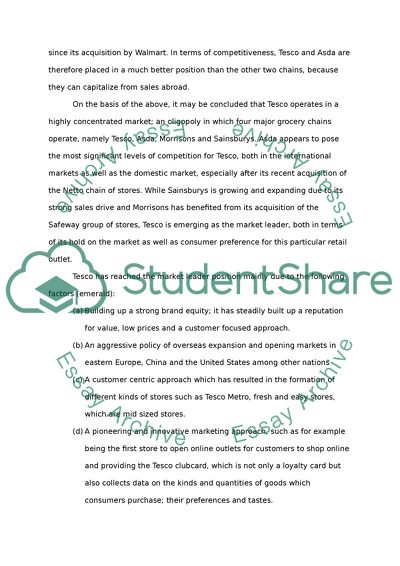Cite this document
(Marketing Strategy at Tesco Assignment Example | Topics and Well Written Essays - 3500 words, n.d.)
Marketing Strategy at Tesco Assignment Example | Topics and Well Written Essays - 3500 words. Retrieved from https://studentshare.org/marketing/1745659-report-on-tesco
Marketing Strategy at Tesco Assignment Example | Topics and Well Written Essays - 3500 words. Retrieved from https://studentshare.org/marketing/1745659-report-on-tesco
(Marketing Strategy at Tesco Assignment Example | Topics and Well Written Essays - 3500 Words)
Marketing Strategy at Tesco Assignment Example | Topics and Well Written Essays - 3500 Words. https://studentshare.org/marketing/1745659-report-on-tesco.
Marketing Strategy at Tesco Assignment Example | Topics and Well Written Essays - 3500 Words. https://studentshare.org/marketing/1745659-report-on-tesco.
“Marketing Strategy at Tesco Assignment Example | Topics and Well Written Essays - 3500 Words”, n.d. https://studentshare.org/marketing/1745659-report-on-tesco.


